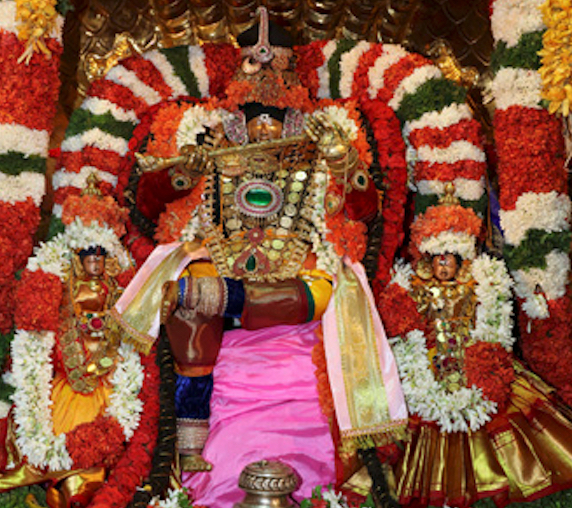Avatarotsavams – Three Days Sundararaja Swamy is a Self-emerged God in the auspicious star Uttarabhadra in the Jyestha Masa of Lunar Calendar. The main events of the Avatarotsavams are distributed over the three days beginning on the day with Stabhisha Nakshatra and ending on the day with Uttarabhadra Nakshatra (The Birth Star of Sri Sundararaja Read More
Tag: Sundararaja
Sri Sundara Raja Swamy
One gracious form of Sri Mahavishnu is that of Sri Sundara Raja Swamy. Location Sri Sundara Raja Swami’s temple is situated as a sub-shrine in the temple complex of Sri Padmavati Ammavaru, the Consort of Sri Venkateswara of Alamelu Mangapuram, Tiruchanur. This temple of Sri Sundararaja Swami is also known as the temple of Sri Read More

